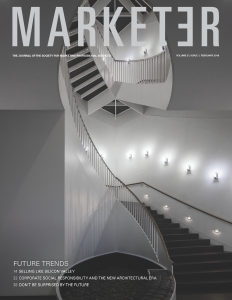If you decided to take the plunge and come to UH for foresight education, what do you get? Or perhaps more fundamentally, what are the basics of foresight education? I like UMI: understanding, mapping, and influencing the future.
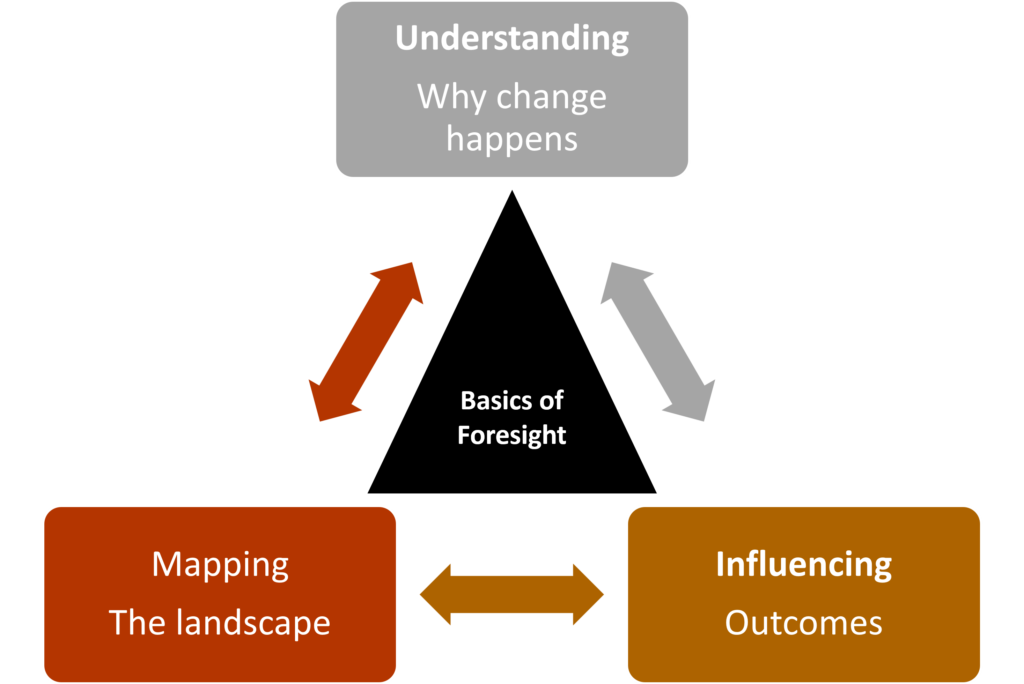
To explore the future of a domain or topic, our Framework Foresight process uses a simple two-phase breakdown: mapping and influencing.
Mapping, the first three steps of a project are about crafting the map of the futures, typically a set of scenarios. Influencing, the second three steps are about designing an approach or path to navigating that future landscape. Let’s not forget understanding. We apply theories of social change, we have a basic understanding of systems thinking, we use critical thinking to challenge assumptions, we use integral thinking to put together holistic designs or solution, and so on. Our mapping and influencing work is fundamentally information by our understanding of core futures concepts.
Another way to illustrate is to think of ourselves as explorers. Space may be the final physical frontier, but the future is an ongoing conceptual frontier. We are explorers of the unknown frontier of the future. What do explorers do? They draw a map (mapping) and they craft their route (influencing). But first they have to decide what to explore, what tools to bring, and what to watch out for (understanding).
The field and its practitioners have developed and borrowed a wide-ranging toolkit for doing mapping and influencing, and lots of concepts, models, and framework for understanding the future.
At Houston Foresight, our mission is to bring more high-quality foresight to the world. Our primary way of doing that is training Master’s students. They get the full treatment. They are drilled relentlessly in understanding, mapping, and influencing the future. We want them, once they leave us, to be able to go to client organizations, and immediately begin work on helping to improve the quality of their foresight work. In some cases, it is “upgrading” what the client is already doing. In other cases, it is bringing in a systematic foresight approach for the very first time.
We also do week-long boot camps that introduce people to the future. We give them the basics of understanding, mapping, and influencing the future. We do not expect that this week prepares anyone to be a full-time practitioner, rather it is intended to raise awareness of the work ahead. It is a first step or introduction. It alerts their organizations about the availability and hopefully the value of systematic high quality foresight work.
We also do foresight work with actual paying clients for two main reasons: first, it provides real-world experience for our masters’ students and second, it shows the clients the value of foresight work – in most cases we are working with organizations new to foresight. One might add a third benefit is that it enables us to test and tweak our approach to the future.
That’s the basics. There is more, but if you want a shorthand, it’s UMI (understanding, mapping, and influencing the future). – Andy Hines
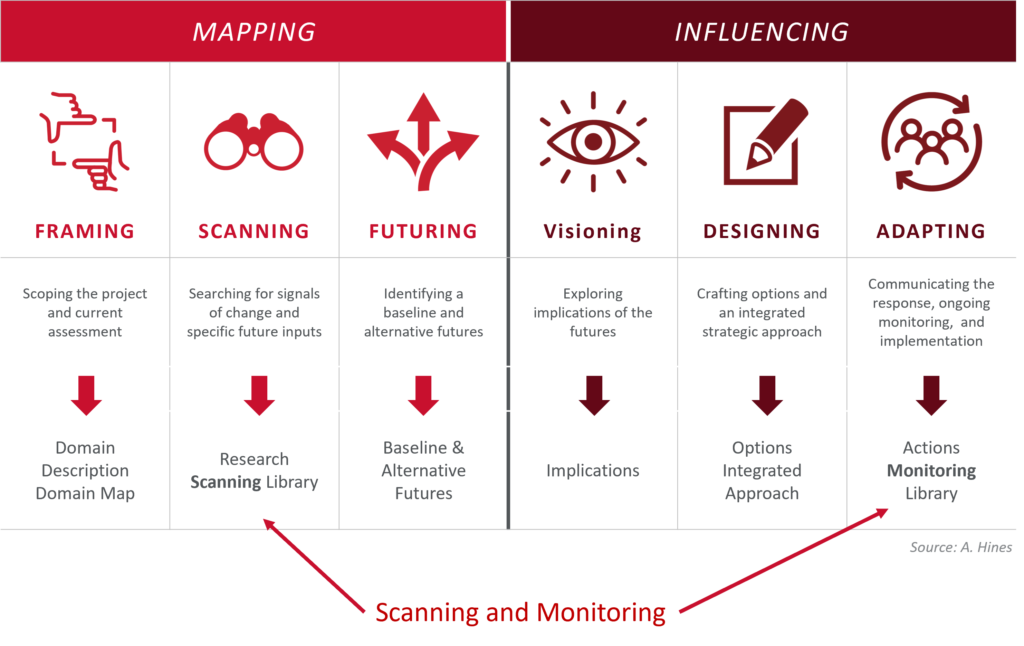

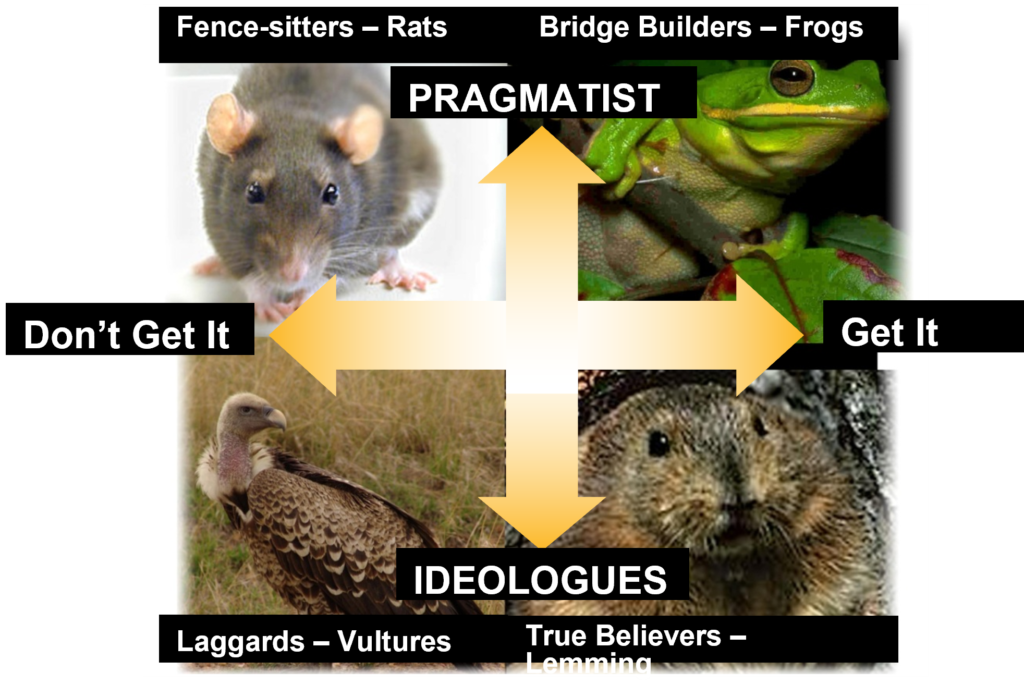
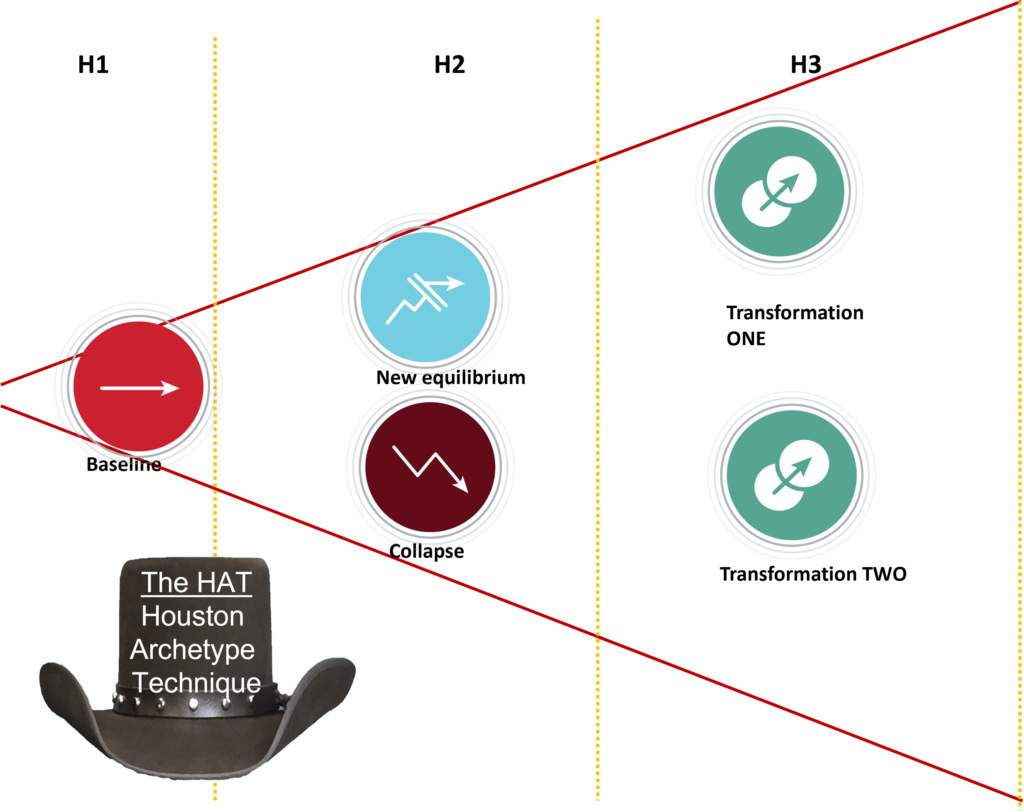
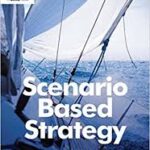

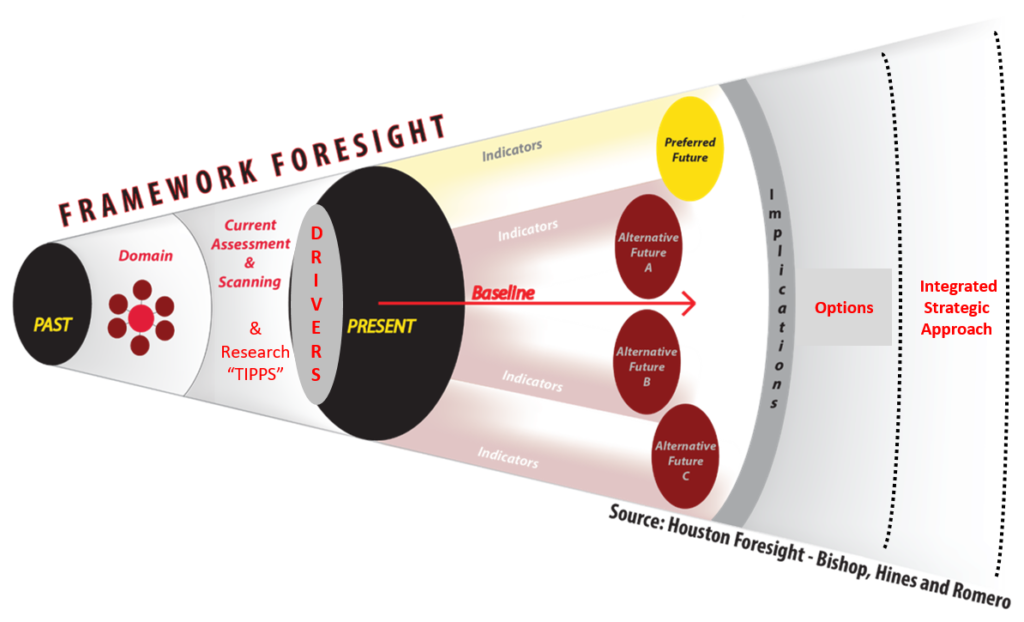
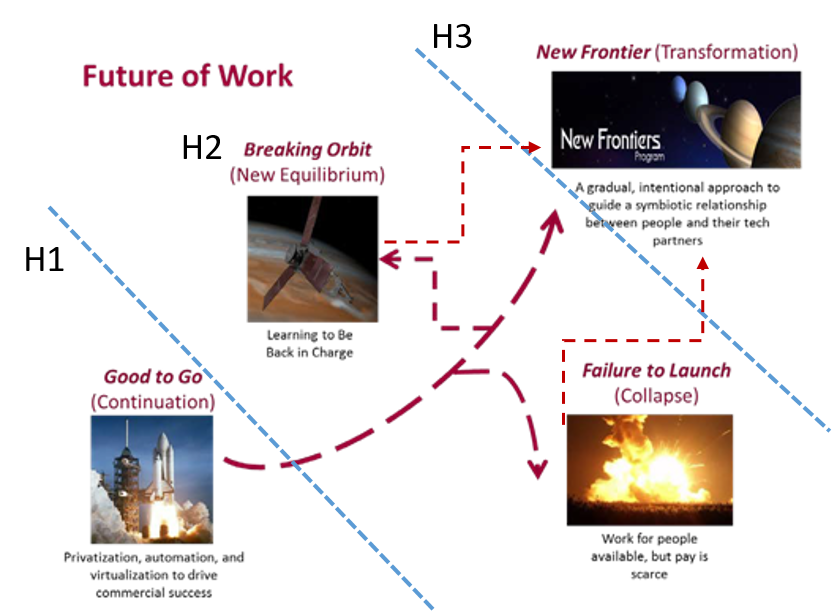
 It is a great pleasure to announce that Houston Foresight Master’s student Miranda Mantey won 3rd place in the Individuals Master’s category for the year’s
It is a great pleasure to announce that Houston Foresight Master’s student Miranda Mantey won 3rd place in the Individuals Master’s category for the year’s  Miranda identified key drivers and explored how they might play out using the Scenario Archetype approach. Below is a snapshot of the drivers in the Transformation scenario.
Miranda identified key drivers and explored how they might play out using the Scenario Archetype approach. Below is a snapshot of the drivers in the Transformation scenario. Our second winner was in the Team Master’s Category, where the team of Hannah Kim, Tim Murphy, Tom Rau, Jonathan Torres won second place for their project “
Our second winner was in the Team Master’s Category, where the team of Hannah Kim, Tim Murphy, Tom Rau, Jonathan Torres won second place for their project “
